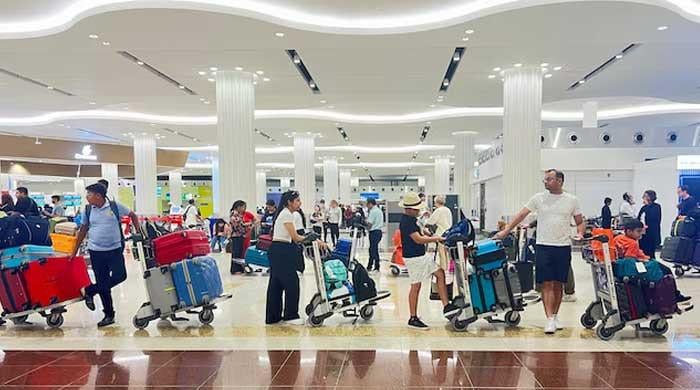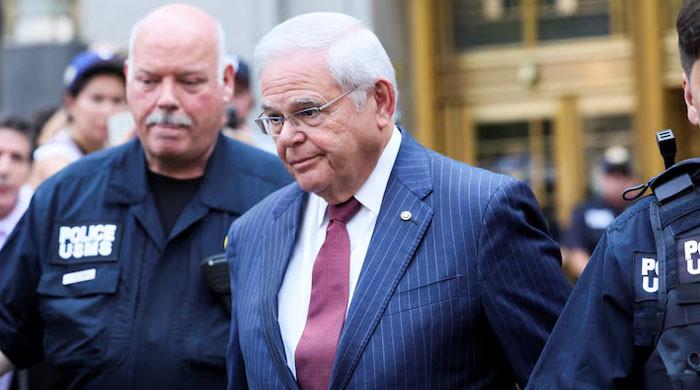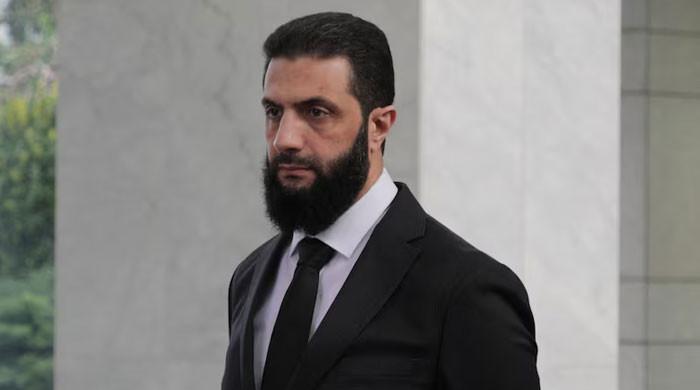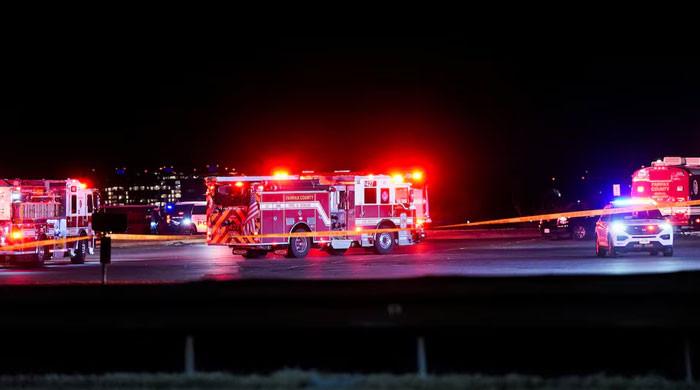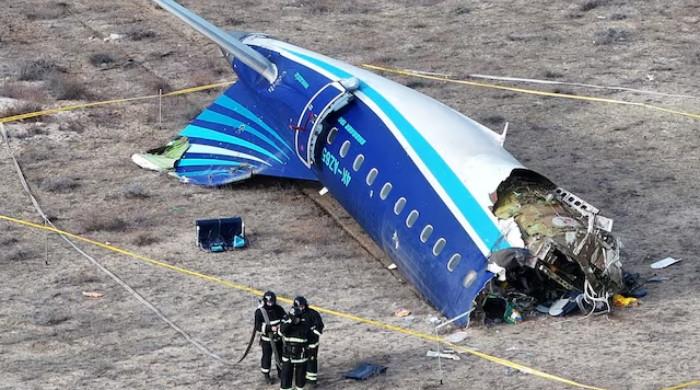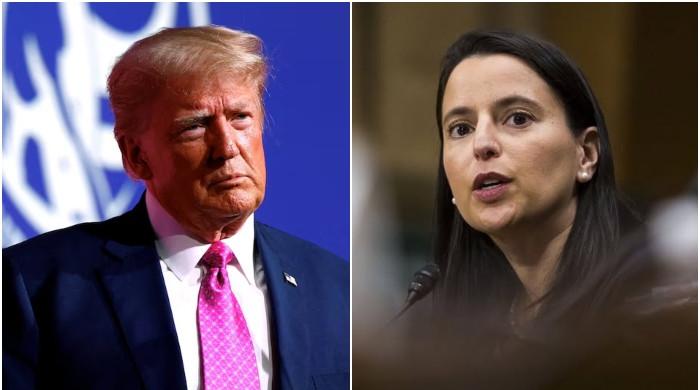How will Nasa astronaut Sunita Williams cast vote in US election?
Williams follows exact procedure of US citizens voting from overseas but with some unique adaptations
October 09, 2024

Nasa astronaut Sunita Williams, currently aboard the International Space Station (ISS), is preparing to exercise her democratic right in the upcoming US Presidential election, despite being approximately 400 miles above Earth.
Williams will join a select group of space-based voters, including David Wolf, the first to vote from space and Kate Robbins, who voted from ISS in 2020.
Since 1997, astronauts have been able to vote from space after the Texas Legislature passed a bill permitting Nasa astronauts to cast their ballots from orbit.
Williams will be following the exact procedure of US citizens voting from overseas but with some particularly unique adaptations for her off-world location.
After completing a Federal Post Card Application to request an absent ballot, Williams will fill out the electronic ballot on the ISS computer system.
The voting procedure depends on Nasa’s sophisticated Space Communication and Navigation (SCaN) Programme.
When an astronaut fills out an electronic ballot aboard the orbiting laboratory, the document flows through Nasa’s Tracking and Data Relay Satellite System to a ground antenna at the agency’s White Sands Test Facility in Las Cruces, New Mexico.
From there, NASA securely transfers the ballot to the Mission Control Centre at NASA Johnson Space Centre in Houston and then on to the county clerk responsible for processing the ballot.
To ensure the integrity of the vote, the ballot is encrypted and accessible only by the astronaut and the clerk to preserve the vote’s integrity.
This innovative voting process reflects Nasa’s dedication to keeping astronauts connected to Earth and ensuring their participation in civic duties. It also demonstrates Nasa’s expertise in advanced communication technology, enabling impressive feats of remote democracy.





